
Finasteride vs Dutasteride
Finasteride vs Dutasteride: Which One Is Better for Hair Loss? Hair loss is a common problem that affects many men, especially as they get older.

Hair loss is a common problem that affects many people, but it can be especially distressing for women. Hair is often seen as a symbol of beauty, femininity, and identity, and losing it can affect your self-esteem and well-being. In this blog post, we will explore the causes, treatments, and tips for female hair loss, and how you can get help from Hair Repair Clinic.
What is female hair loss?
Female hair loss, also known as female pattern hair loss or androgenetic alopecia, is a type of hair loss that affects women and people assigned female at birth. It is different from male pattern baldness, which is the most common type of hair loss in men.
Female hair loss usually starts with increased hair shedding, followed by reduced hair density and a more see-through appearance of the scalp. It tends to affect the top of the head, especially the crown and the parting, but it can also affect the sides and the back. Unlike male pattern baldness, which can result in complete baldness, female hair loss rarely leads to total hair loss.
What causes female hair loss?
Female hair loss is mainly caused by genetic factors, which means that it runs in families. It is influenced by the levels and sensitivity of androgens, which are male sex hormones that are also present in women. Androgens can cause the hair follicles to shrink and produce thinner and shorter hairs, leading to hair loss.
Other factors that can contribute to female hair loss include:
• Ageing: As you get older, your hair growth cycle slows down and your hair becomes weaker and more prone to breakage.
• Hormonal changes: Changes in your hormone levels, such as during pregnancy, menopause, or using hormonal contraceptives, can affect your hair growth and shedding.
• Medical conditions: Some medical conditions, such as thyroid disorders, polycystic ovary syndrome, iron deficiency, or autoimmune diseases, can cause hair loss or thinning.
• Medications: Some medications, such as chemotherapy, blood thinners, antidepressants, or steroids, can have hair loss as a side effect.
• Stress: Physical or emotional stress, such as illness, injury, surgery, or trauma, can trigger hair loss or shedding.
• Lifestyle factors: Poor diet, smoking, excessive heat styling, or harsh chemicals can damage your hair and scalp and cause hair loss or breakage.
How can you treat female hair loss?
The treatment for female hair loss depends on the cause and severity of your condition. Some types of hair loss are temporary and can be reversed by addressing the underlying cause, such as changing your medication, improving your diet, or reducing your stress. However, if your hair loss is due to genetic factors, you may need to use long-term treatments to slow down or stop the progression of hair loss and stimulate hair regrowth.
One of the most effective treatments for female hair loss is minoxidil 3%, which is a topical solution that you apply to your scalp twice a day (our surgeons do recommend female patients using 5% minoxidil once a day). Minoxidil works by increasing the blood flow and nutrients to the hair follicles, which can extend the growth phase of the hair cycle and prevent hair loss. Minoxidil can also help regrow some of the lost hair, but it may take several months to see results. Minoxidil is available over the counter, but you should consult your doctor before using it, as it may have some side effects, such as scalp irritation, unwanted hair growth, or allergic reactions.
Another treatment option for female hair loss is spironolactone, which is a medication that is usually used to treat high blood pressure and acne. Spironolactone works by blocking the production and action of androgens, which can reduce the shrinking of the hair follicles and prevent hair loss. Spironolactone can also be combined with minoxidil for better results.
However, spironolactone is not approved by the FDA or the MHRA for hair loss, and it can have side effects, such as low blood pressure, fluid retention, breast tenderness, or menstrual irregularities. Spironolactone is only available by prescription, and you should only use it under the supervision of your doctor.
Other treatment options for female hair loss include:
• Platelet-rich plasma (PRP): This involves injecting your own blood plasma, which is enriched with platelets and growth factors, into your scalp. PRP can help repair the damaged hair follicles and stimulate hair growth.
• Hair transplant: This is a surgical procedure that involves moving hair follicles from one part of your scalp to another, usually to cover the areas of baldness or thinning. Hair transplant can give you a natural and permanent result, but it can be expensive, painful, and risky.
How can you get help from Hair Repair Clinic?
If you are suffering from female hair loss and looking for a solution, you can get help from Hair Repair Clinic, a UK-based, family-owned business that specialises in cost-effective solutions for hair loss.
Tips for coping with female hair loss?
Female hair loss can be a challenging and emotional experience, but there are some tips that can help you cope with it and improve your quality of life.
Here are some of them:
• Join a support group: There are groups around the country where you can meet and socialise with other people with hair loss. You can find your nearest Alopecia UK support group or join an online community.
• Accept it: It may not be easy, but try to come to terms with your hair loss and embrace your new appearance. You can make a list of your positive qualities and focus on your strengths and achievements, rather than your hair.
• Talk about it: Share your feelings and concerns with your friends, family, and loved ones. They can offer you emotional support and comfort. You can also seek professional help from a therapist or counsellor if you are struggling with depression, anxiety, or low self-esteem.
• Cover up: You can choose to disguise or cover up your hair loss with wigs, hair extensions, scarves, hats, or make-up. You can experiment with different styles and colours to find what suits you best.
• Be patient: Hair loss treatments can take time to work, so don’t give up or lose hope. Keep following your treatment plan and monitor your progress. You may also notice some changes in your hair growth depending on your hormonal cycle, stress level, or season.
• Be gentle: Treat your hair and scalp with care and avoid anything that can damage or irritate them, such as harsh chemicals, excessive heat, tight hairstyles, or rough brushing. Use mild shampoos and conditioners, and moisturise your scalp regularly. You can also massage your scalp gently to stimulate blood flow and relax your muscles.
Conclusion
Female hair loss is a common and complex condition that can have a significant impact on your physical and mental health. However, there are many causes, treatments, and tips for female hair loss that can help you manage your condition and improve your well-being. If you are looking for a reliable and affordable hair loss solution, you can contact Hair Repair Clinic and get a free consultation and quote. They can offer you a range of services and products that can suit your needs and expectations. Hair Repair Clinic is your partner for hair loss solutions. They care about your hair and happiness. Contact them today and let them help you.
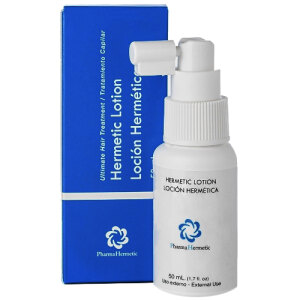
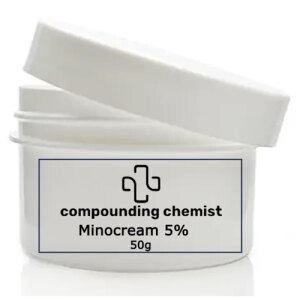
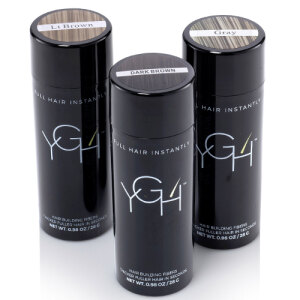
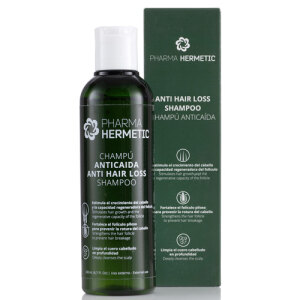
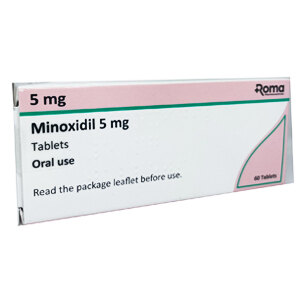
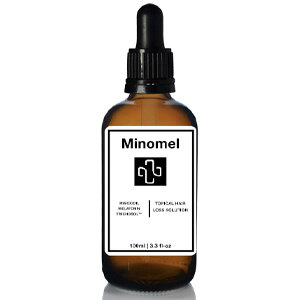
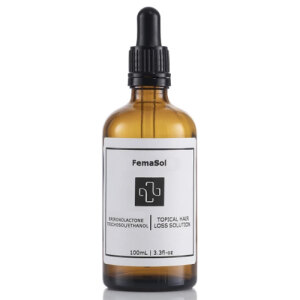


Finasteride vs Dutasteride: Which One Is Better for Hair Loss? Hair loss is a common problem that affects many men, especially as they get older.

Hair-Loss fiction. a new sub-genre introduced by Hair Repair Clinic
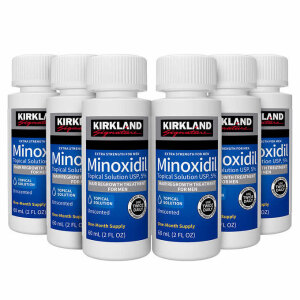
Kirkland Minoxidil is a medication that can help treat hair loss, but it can also be counterfeited by some sellers. It is manufactured in Canada

Copyright © 2015-2023 All Rights Reserved. Hair Repair Clinic. Made with ❤️ by Eezycode.